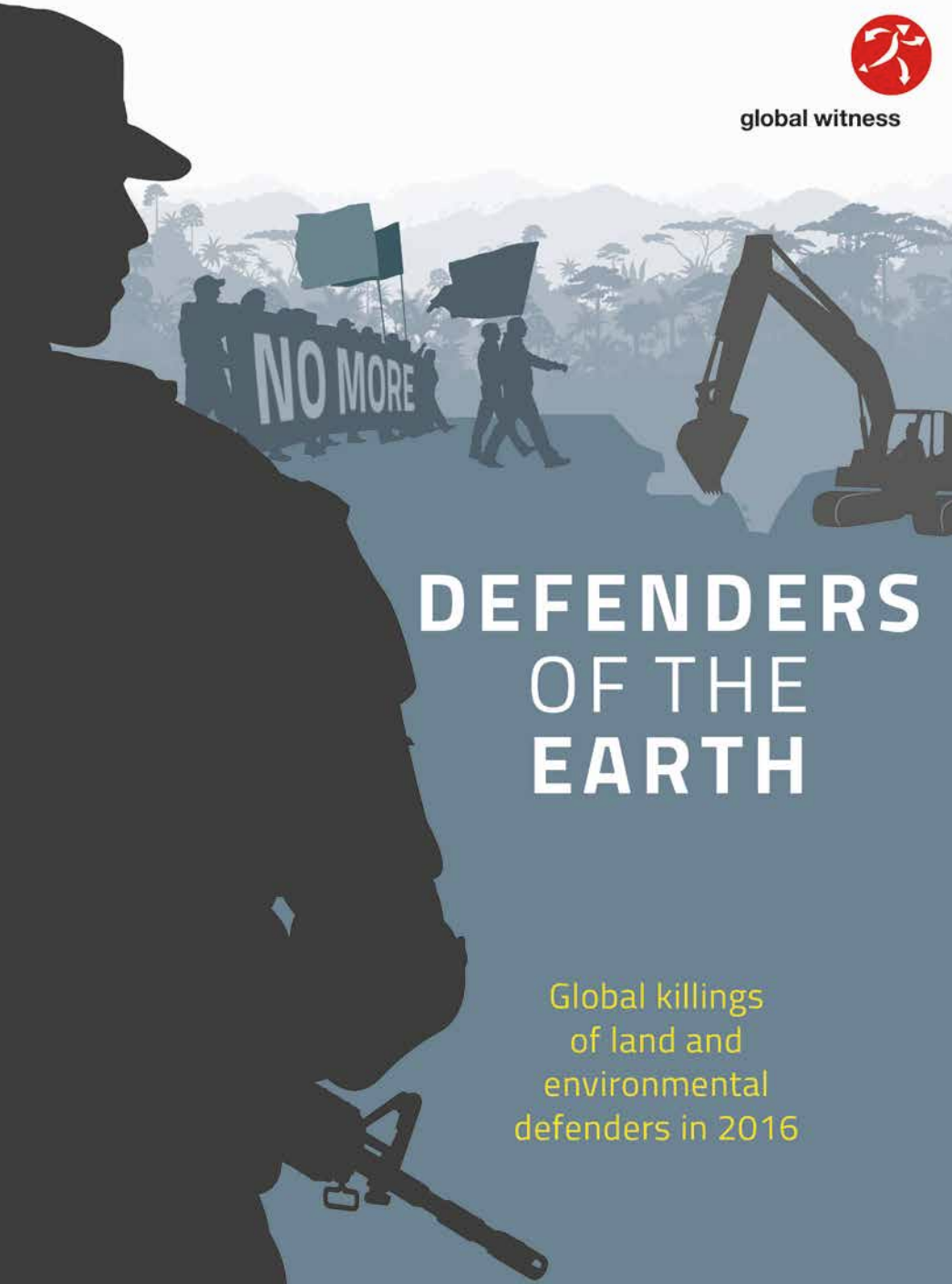Incorporation of Socio-Cultural Values in Damage Assessment Valuations of Contaminated Lands in the Niger Delta
Damages on contaminated land have been mostly assessed for developments subsisting on the land, neglecting the goods and services derived from the land which possess only socio-cultural values. This paper aims to ascertain the importance of socio-cultural values in the total economic value of contaminated land, drawing from the experience of a coastal community oil spillage in the Niger Delta. The paper examines what constitutes a valuable interest on contaminated land and how socio-cultural factors are valued in the damage assessment process.





